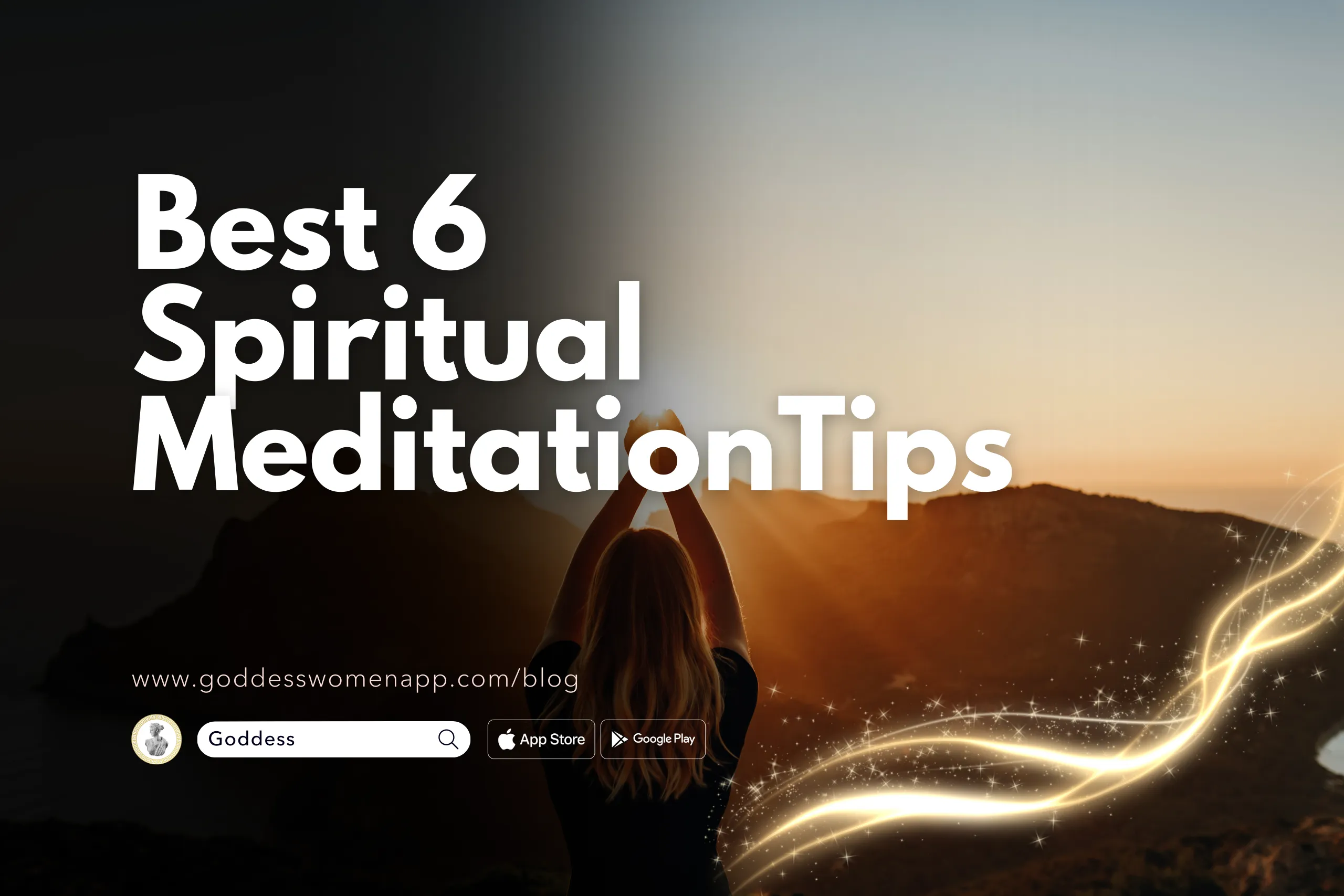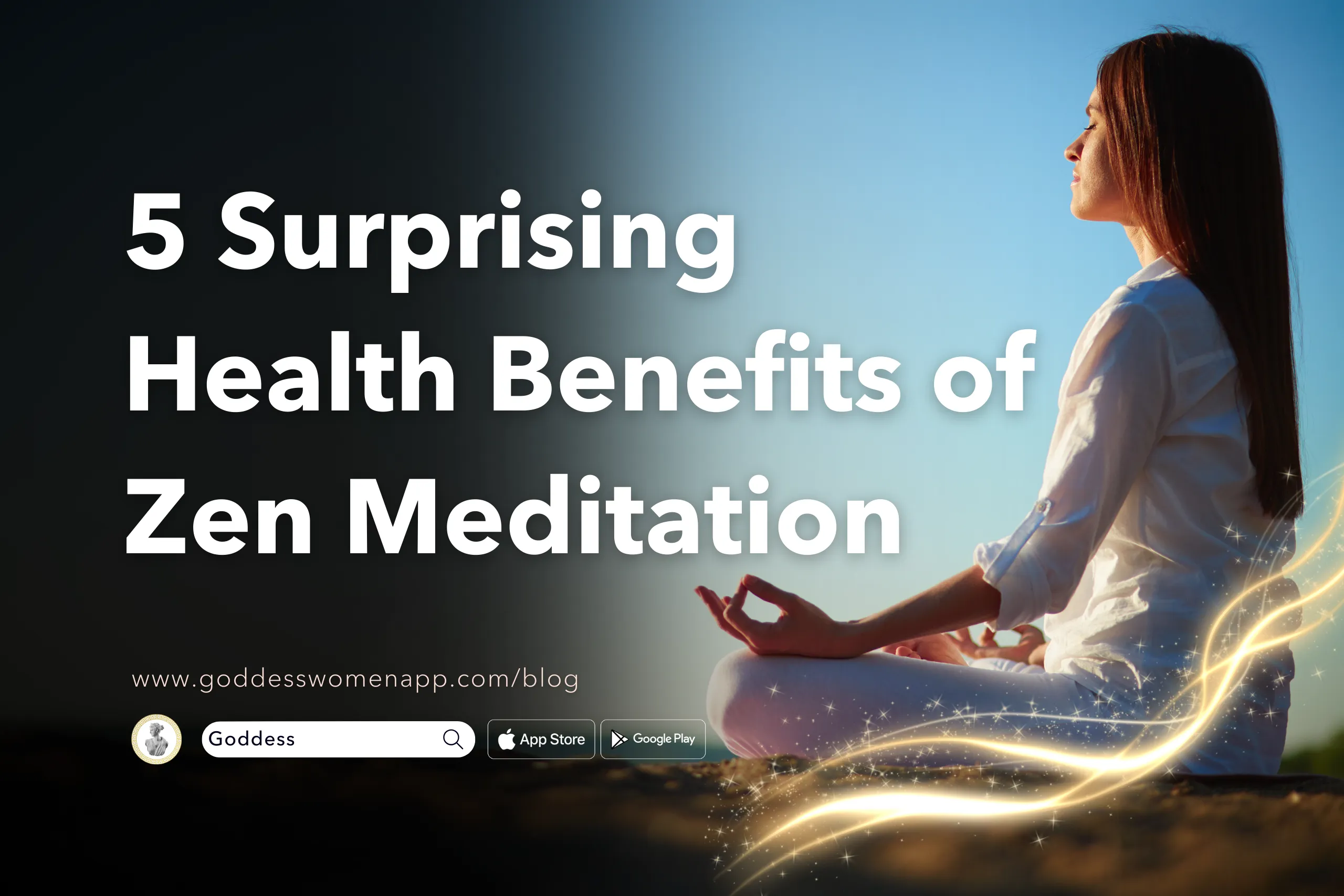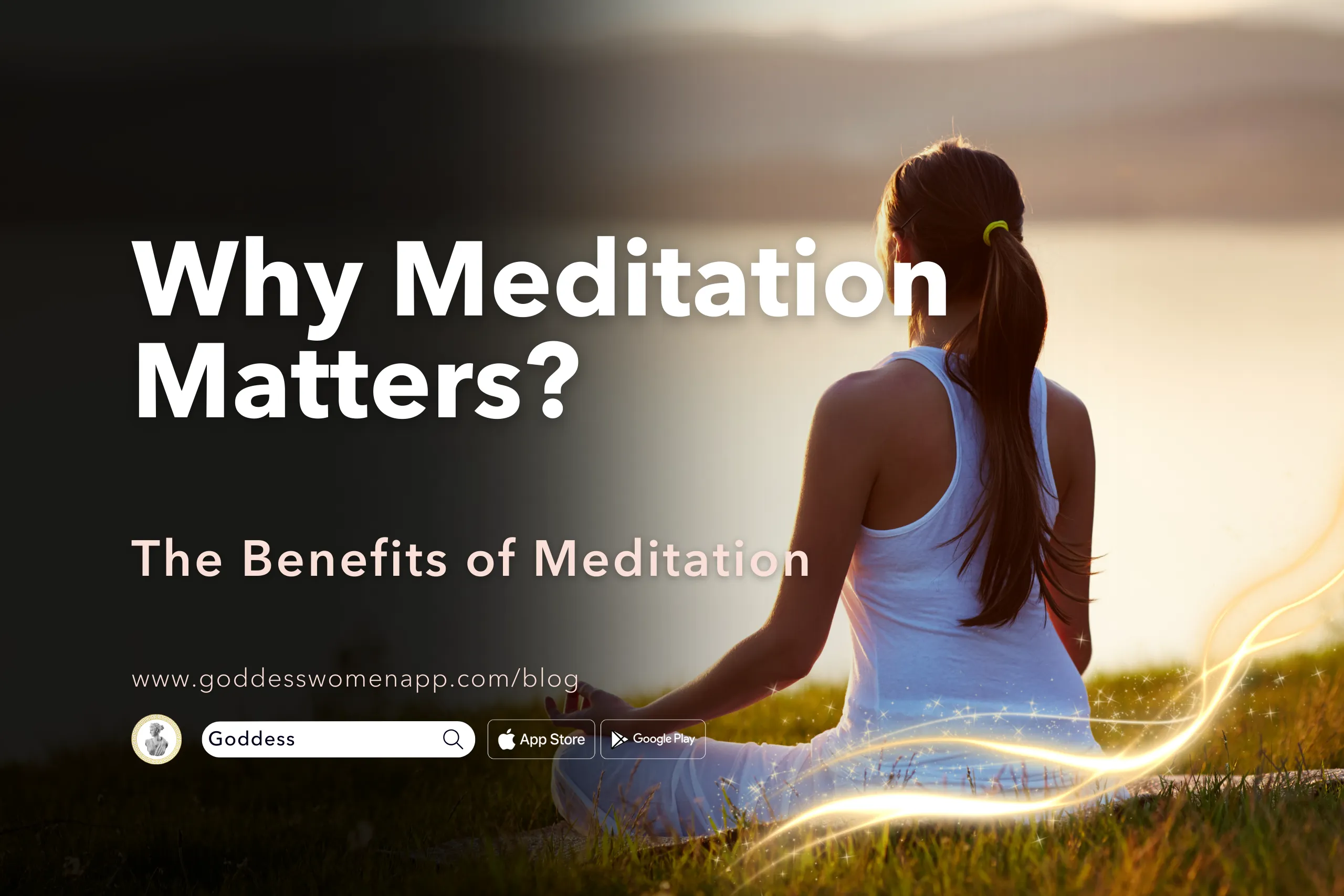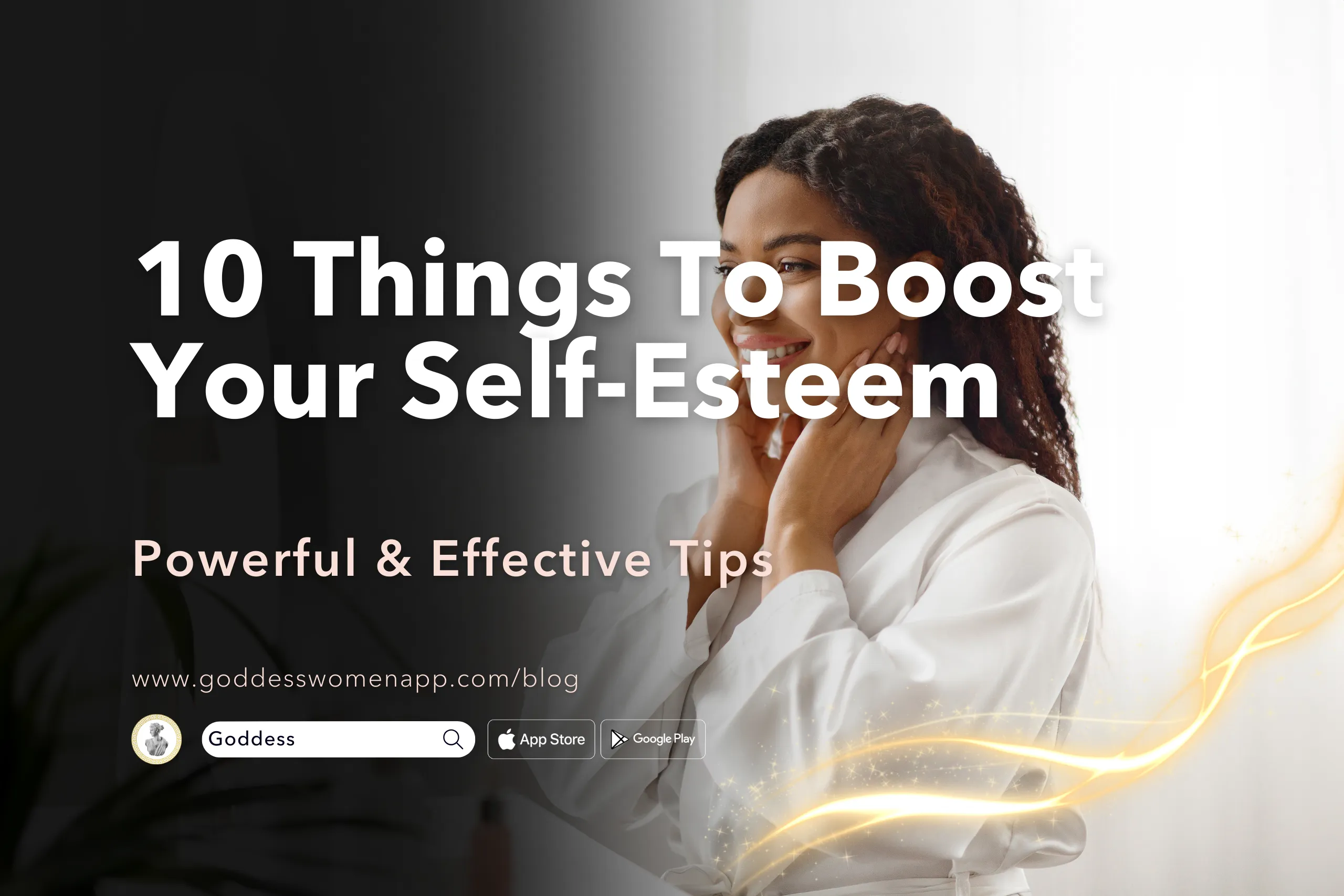Table of Contents
Introduction
In the bustling rhythm of modern life, finding a moment of peace can seem like a distant dream. Yet, the ancient practice of spiritual meditation offers a sanctuary for the soul, a haven where tranquility and clarity flourish. This guide to “spiritual meditation” is not just about closing your eyes and observing your breath; it’s a transformative journey towards self-awareness and spiritual enlightenment.
Spiritual meditation, a practice that dates back thousands of years, has evolved across cultures and continents, offering a diverse tapestry of techniques and teachings. In this comprehensive guide, we delve deep into the essence of spiritual meditation, unveiling its profound ability to connect us with our innermost selves. Whether you are a beginner curious about the basics or a seasoned practitioner seeking to deepen your practice, this exploration into “spiritual meditation” promises to offer valuable insights and practical tips to enhance your spiritual journey.

The Essence of Spiritual Meditation
Definition and History
At its core, meditation is an intimate process of self-discovery and connection with something greater than oneself. It’s a practice that transcends the boundaries of religion and belief, welcoming all who seek inner peace and wisdom. Historically, spiritual meditation has roots in various religious traditions, including Buddhism, Hinduism, Christianity, and Islam, each offering its unique perspective on the practice.
This ancient practice is more than just a method of relaxation; it’s a pathway to profound understanding and enlightenment. Through meditation practitioners have reported experiences of deep peace, heightened awareness, and a sense of unity with the universe. As we embark on this exploration, we’ll uncover the layers of spiritual meditation, learning how this age-old practice can be a guiding light in our modern lives.
Spiritual Meditation vs. Traditional Meditation
While “spiritual meditation” and traditional meditation share common elements, they diverge in their ultimate goals and practices. Traditional meditation often focuses on achieving mental clarity, relaxation, and concentration. It serves as a tool for stress relief and mental discipline. In contrast, spiritual meditation extends beyond the realm of the mind to encompass a deeper spiritual or religious experience.
The practice of “spiritual meditation” involves seeking a connection with a higher power or a deeper understanding of the self in relation to the universe. It often incorporates elements like prayer, mantra chanting, or contemplation on spiritual texts. While traditional meditation might be seen as a journey to a calmer mind, spiritual meditation is a voyage towards spiritual awakening and enlightenment.
The Role of Mindfulness in Spiritual Meditation
Mindfulness is a cornerstone of many meditation practices, including “spiritual meditation.” It involves being fully present in the moment, aware of our thoughts, feelings, bodily sensations, and surrounding environment without judgment. In the context of spiritual meditation, mindfulness is not just about being present; it’s about cultivating an awareness that connects us to our deeper spiritual selves.
By practicing mindfulness in “spiritual meditation,” we open ourselves to the subtleties of our inner experiences and the deeper truths of our existence. This heightened awareness can lead to profound insights and a sense of harmony with the world around us, laying the foundation for a richer, more spiritually attuned life.

Core Techniques of Meditation
The practice of “spiritual meditation” is enriched by a variety of techniques, each serving to deepen the connection between the mind, body, and spirit. These methods are not just practices but pathways that guide individuals towards a more profound spiritual experience.
Mindfulness and Concentration
Mindfulness is the foundation upon which “spiritual meditation” is built. It involves a conscious awareness of our present moment — our thoughts, emotions, sensations, and environment — without attachment or judgment. This heightened state of awareness is essential in spiritual meditation as it anchors the mind, allowing it to become more receptive to spiritual insights.
In meditation concentration is not just about focusing the mind but about harmonizing the mind with the heart and spirit. This alignment creates a fertile ground for spiritual growth, enabling practitioners to delve deeper into their meditation practice. As one cultivates mindfulness and concentration, the noisy chatter of the mind begins to quieten, revealing the subtle whispers of the soul.
Visualization and Mantra Chanting
Visualization and mantra chanting are powerful tools in the arsenal of “spiritual meditation.” Visualization involves creating a mental image of a peaceful setting, a spiritual figure, or even abstract concepts like love and peace. This technique helps in focusing the mind and evoking positive emotional and spiritual responses. It’s akin to painting a mental canvas with the colors of one’s innermost aspirations and desires.
Mantra chanting, another profound aspect of spiritual meditation, involves the repetitive utterance of sacred words or phrases. These mantras resonate within, creating vibrations that align the practitioner’s energy with the universe. The repetition of these sacred sounds helps in transcending the ordinary experience of self, leading to a deeper sense of connection and spiritual awakening.
Benefits of Spiritual Meditation
The benefits of “spiritual meditation” are as vast as they are profound, impacting practitioners on multiple levels — emotionally, mentally, and spiritually.
Enhanced Self-Awareness
At the heart of meditation lies the pursuit of enhanced self-awareness. This form of meditation encourages introspection, prompting individuals to explore the depths of their being. It’s a journey inward, where one confronts their deepest thoughts, emotions, and beliefs. By regularly practicing spiritual meditation, individuals can gain a clearer understanding of their true nature and purpose. This heightened self-awareness leads to a more authentic and fulfilling life, as decisions and actions become more aligned with one’s core values and beliefs.
Emotional and Spiritual Healing
“Spiritual meditation” is not only transformative but also therapeutic. It offers a space for emotional release and spiritual healing. As individuals engage in this practice, they often find that the weight of past traumas, anxieties, and fears begins to lift. The meditative state allows for a safe exploration and release of deeply rooted emotional blockages, fostering a sense of liberation and peace.
Furthermore, spiritual meditation facilitates a connection with something greater than oneself — be it a higher power, the universe, or one’s higher self. This connection can be profoundly healing, as it imbues individuals with a sense of purpose, belonging, and oneness. In this space, healing transcends the individual, touching upon the universal need for spiritual connection and harmony.
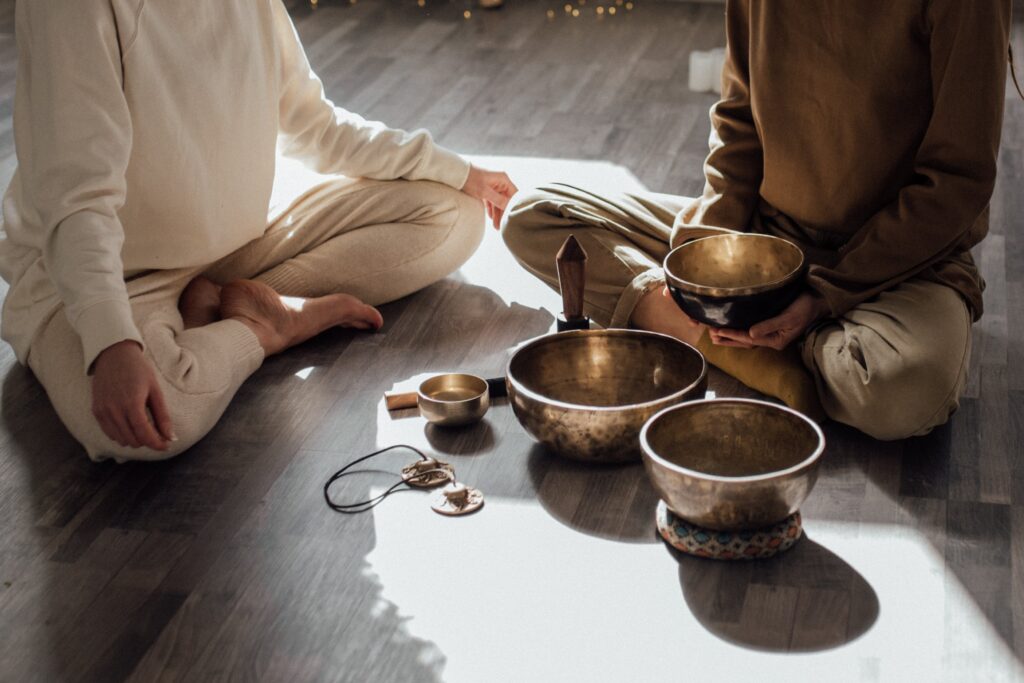
Setting Up Your Meditation Practice
Creating a sustainable and effective “spiritual meditation” practice requires more than just intention; it requires a conducive environment and a structured routine. These elements are essential in fostering a space where one can delve into the depths of spiritual meditation with focus and regularity.
Creating a Conducive Environment
The environment in which you practice meditation plays a pivotal role in the quality of your experience. To create a space conducive to meditation, start by finding a quiet, comfortable spot in your home where you are least likely to be disturbed. This could be a small corner of a room dedicated solely to your meditation practice.
Ensure this space is clean and clutter-free, as physical clutter can translate to mental clutter. Consider adding elements that promote a sense of peace and serenity – this could be anything from a comfortable cushion or chair to meditate on, to soothing colors, soft lighting, and perhaps a few inspirational items, such as candles, incense, or images that resonate with your spiritual journey. Remember, the goal is to create an environment that supports the calming and uplifting essence of meditation.
Establishing a Routine
Incorporating meditation into your daily life is vital for reaping its full benefits. Start by setting a specific time for your meditation practice – it could be early in the morning, during a lunch break, or in the evening. Consistency is key, so try to meditate at the same time each day.
Begin with short sessions, perhaps 5-10 minutes, and gradually increase the duration as you become more comfortable with the practice. It’s important to approach “spiritual meditation” without any pressure or expectations; let it be a time for you to connect with yourself in a peaceful and non-judgmental space. Over time, this routine will become a natural part of your life, enhancing your overall well-being and spiritual connection.
Integrating Spiritual Meditation into Everyday Life
The Power of Daily Practice
Incorporating “spiritual meditation” into daily life can transform mundane routines into moments of deep spiritual connection. Daily practice is not just about allocating time for meditation; it’s about nurturing a meditative mindset throughout the day. Start by setting aside a specific time for your “spiritual meditation” practice, ideally in the morning to set a positive tone for the day or in the evening to reflect and unwind.
The key to daily practice lies in consistency. Even just a few minutes of “spiritual meditation” each day can significantly impact your mental clarity and emotional balance. Over time, this consistent practice deepens, developing into a profound spiritual discipline that can offer insights and tranquility in the midst of life’s chaos.
Mindfulness in Daily Activities
“Spiritual meditation” extends beyond the cushion or chair; it’s a mindset that can permeate all aspects of life. Practicing mindfulness during everyday activities can profoundly enhance your spiritual journey. This involves staying fully present and engaged in whatever you’re doing, whether it’s eating, walking, or even doing household chores.
By bringing mindfulness to these activities, you transform them into a form of “spiritual meditation.” This practice helps in cultivating a deeper awareness of the present moment, allowing you to experience life more fully and with greater appreciation. It also aids in recognizing the spiritual essence in all aspects of life, blurring the lines between meditation and daily living.
Spiritual Meditation and Relationships
“Spiritual meditation” can also profoundly impact your relationships. By fostering qualities like empathy, patience, and non-judgmental awareness, this practice can help you develop deeper, more meaningful connections with others. When you meditate, you learn to listen to your inner self, and this skill translates into better listening and understanding in your interactions with others.
Incorporating the principles of meditation into your relationships involves being fully present with others, communicating authentically, and showing compassion. This mindful approach to relationships can lead to more harmonious interactions and a greater sense of connection with those around you.
Overcoming Stress with Spiritual Meditation
In today’s fast-paced world, stress is an almost inevitable part of life. However, “spiritual meditation” offers an effective tool for managing stress. By focusing on the present and cultivating a sense of inner peace, meditation helps in reducing anxiety and promoting relaxation.
Regular practice of “spiritual meditation” can change how you respond to stressful situations. Instead of reacting impulsively, you learn to respond with a calm, centered mind. This shift in perspective can significantly reduce the impact of stress on your mental and physical health, leading to a more balanced and serene life.
Spiritual Meditation for Personal Growth
Lastly, “spiritual meditation” is a powerful catalyst for personal growth. This practice encourages introspection and self-exploration, helping you to understand your true self and your place in the world. It can lead to profound personal transformations, as you begin to let go of limiting beliefs and embrace a more expansive view of yourself and your potential.
As you continue to explore “spiritual meditation,” you may find that your values, goals, and life choices become more aligned with your authentic self. This alignment can lead to a more fulfilling and purpose-driven life, marked by a deeper sense of satisfaction and contentment.

Advanced Spiritual Meditation Techniques
As you progress in your journey of “spiritual meditation,” you may wish to explore more advanced techniques that delve deeper into the realms of spiritual awakening and self-discovery.
Kundalini Awakening
Kundalini in “spiritual meditation” is considered an advanced technique aimed at awakening the Kundalini energy, believed to lie dormant at the base of the spine. This practice involves a combination of specific postures, breathing techniques, and mantras designed to awaken and guide this energy through the chakras or energy centers, up to the crown of the head.
The awakening of Kundalini is often described as a powerful and transformative experience, leading to heightened spiritual awareness and enlightenment. However, it’s important to approach these practices with caution and ideally under the guidance of an experienced teacher, as the awakening of Kundalini energy can be intense and overwhelming without proper preparation and understanding.
Integrative Body-Mind Techniques
Integrative body-mind techniques in “spiritual meditation” focus on the harmony between physical movements and mental focus. Practices like yoga, Tai Chi, and Qi Gong are examples of integrative techniques that combine gentle physical exercises with deep breathing and meditation.
These practices are not only beneficial for physical health but also enhance mental clarity and spiritual well-being. By integrating body and mind, practitioners of “spiritual meditation” can achieve a state of balance and harmony, leading to a more holistic approach to their spiritual journey. These techniques emphasize the interconnectedness of the physical and spiritual realms, offering a comprehensive approach to personal and spiritual development.
Overcoming Challenges in Spiritual Meditation
Embarking on a journey of “spiritual meditation” can be profoundly rewarding, yet it is not without its challenges. Understanding and overcoming these hurdles is crucial for a fulfilling meditation practice.
Dealing with Distractions
Distractions are a common challenge in “spiritual meditation,” whether they come from external sources like noise or internal sources like wandering thoughts. To overcome distractions, it is important to create a dedicated meditation space where external disturbances are minimized. For internal distractions, techniques such as focused breathing or guided imagery can be effective. It’s also helpful to accept that distractions are a normal part of the meditation process and gently redirect your focus back to your practice without self-judgment.
Deepening Your Practice
For those looking to deepen their “spiritual meditation” practice, it’s essential to gradually increase the duration and intensity of your sessions. Exploring various meditation techniques, attending meditation retreats, or working with a meditation teacher can provide new insights and deepen your practice. Consistency is key; make “spiritual meditation” a regular part of your routine. Additionally, integrating mindfulness into your daily activities can enhance your meditation experience and bring a sense of calm and presence to your everyday life.
Conclusion
Throughout this guide, we have explored the transformative world of “spiritual meditation.” From its historical roots to advanced techniques like Kundalini awakening, we’ve seen how this practice offers a multitude of benefits, including enhanced self-awareness, emotional and spiritual healing, and a deeper connection to the self and the universe.
Whether you are a beginner or an experienced practitioner, “spiritual meditation” provides a path to inner peace, self-discovery, and spiritual growth. By setting up a conducive environment, establishing a routine, and embracing the challenges along the way, you can enrich your spiritual journey and experience the profound benefits of this ancient practice.
In conclusion, I encourage you to explore and incorporate “spiritual meditation” into your life. It’s a journey that promises not only tranquility and insight but also a deeper connection with the very essence of your being. Let “spiritual meditation” be your guide to a more mindful, peaceful, and spiritually fulfilling life.
You can download Goddess now to discover the spiritual side of meditation, the practices in the app will provide a wide range of options for you! Click below to download & try the app for free.

